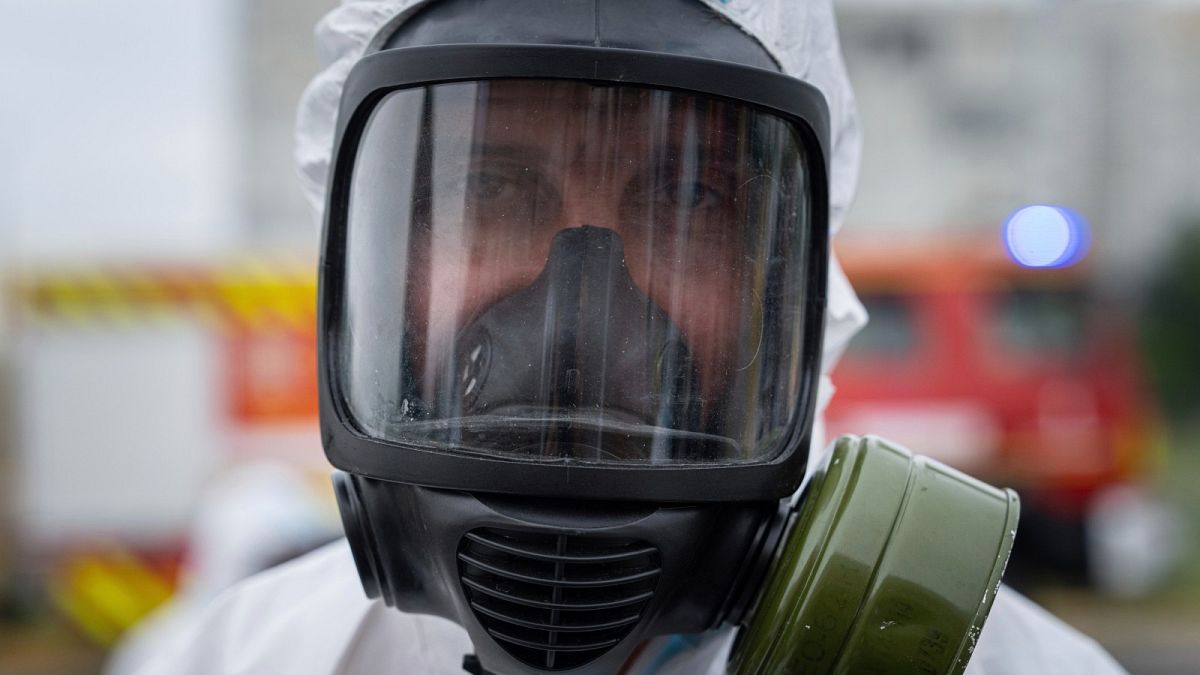The Zaporizhzhia nuclear power plant in eastern Ukraine has been a cause of concern since being captured by Moscow after the 2022 invasion of Ukraine. The recent fire at the plant has raised fears of a potential disaster, with Kyiv accusing Russian forces of starting the fire and Moscow blaming Ukrainian forces. However, experts believe the chances of an explosion at the plant are essentially zero due to the differences between the reactors at Zaporizhzhia and the one at Chernobyl. The Zaporizhzhia plant’s personnel have also largely stayed put, reducing the risk of mishandling.
Europe seems prepared for a nuclear disaster, with over 150 reactors operating across the EU’s member states. Each country has an agency for nuclear preparedness, even those without reactors. International guidelines for nuclear safety are established by the IAEA, with the HERCA coordinating safety procedures in Europe. In case of a nuclear incident, a response plan is in place to ensure the safety of the population, including evacuation and sheltering measures. Citizens are equipped with iodine tablets to prevent radiation absorption by the thyroid gland.
The Zaporizhzhia plant has faced power outages in the past, which can be dangerous as nuclear reactors require cooling to avoid overheating and potential explosions. However, the chances of this happening at the Zaporizhzhia plant today are minimal due to the differences in reactor design compared to Chernobyl and the availability of alternative power sources. Despite the takeover by Moscow, the plant’s personnel have remained in place, reducing the risk of mismanagement.
HERCA has been actively collaborating with Ukraine to harmonize safety procedures in case of a nuclear accident in the country. The response plan for a nuclear incident includes evacuation and sheltering zones, as well as the distribution of iodine tablets to prevent radiation absorption. Authorities and local media are trained to provide guidance and information to the population in case of a nuclear emergency. Regular drills are conducted to ensure the effectiveness of the response system and to prepare authorities for various scenarios.
Overall, the Zaporizhzhia nuclear power plant in eastern Ukraine remains a source of concern for international observers due to its capture by Moscow and the recent fire at the site. However, experts believe the risk of a Chernobyl-like scenario at the plant is minimal, given the differences in reactor design and the availability of safety measures. Europe appears prepared for a nuclear disaster, with coordinated response plans and agencies in place to ensure the safety of the population in case of an incident. Regular drills and training help authorities maintain preparedness and readiness for any potential nuclear emergencies.

























